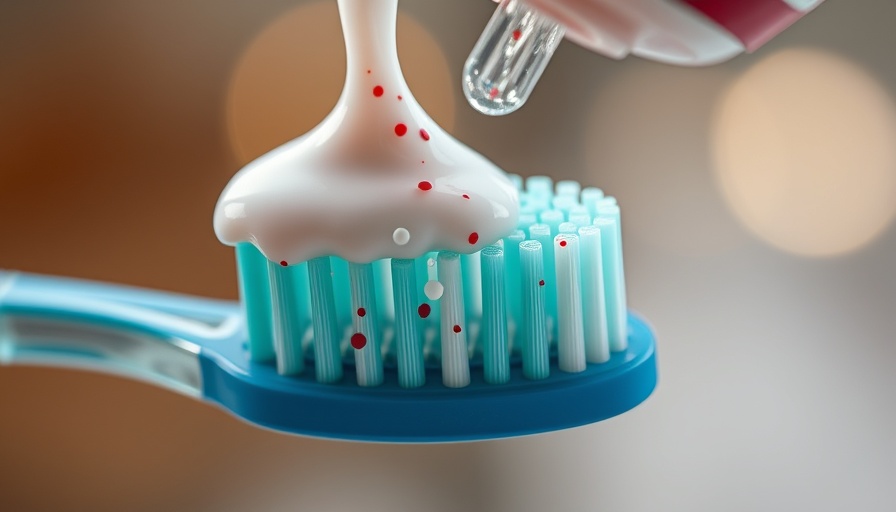
A Revolutionary Toothpaste: Nature’s Hidden Solution for Dental Care
In an extraordinary revelation, researchers have developed a toothpaste derived from an unexpected source: human hair. This innovative product not only tackles the mundane task of cleaning teeth but also offers a potential breakthrough in dental health by naturally repairing damaged roots. By harnessing the strength and properties of keratin, the protein in hair, this unique toothpaste ushers in a new era of preventive dental care.
How It Works: The Science Behind Hair Toothpaste
The core component of this hair-based toothpaste is keratin, which can significantly enhance the repair mechanisms of the tooth’s structure. According to dental scientists, keratin helps reinforce the connections between the dentin and the dental enamel. The toothpaste also contains essential minerals that facilitate the remineralization of teeth, a process crucial in reversing early signs of decay and strengthening tooth resilience. Imagine brushing your teeth and actively repairing them at the same time!
Why Hair? Uncommon Sources for Common Problems
It may seem odd to use hair in toothpaste, but finding alternative sources for everyday products is becoming more prevalent as sustainability drives innovation. With an increasing number of people looking for eco-friendly options, the hair we typically discard can be repurposed, reducing waste while offering health benefits. This movement mirrors trends in healthcare, such as telemedicine, which aims to deliver health solutions that are convenient and sustainable.
The Broader Impact: Changing Perspectives on Dental Hygiene
As consumers become more health-conscious and environmentally aware, this hair-based toothpaste not only represents a dental care solution but also signifies a shift towards natural and holistic approaches in healthcare. Just as telemedicine has revolutionized access to healthcare services, this innovation in oral care promises to empower individuals to take charge of their dental health without relying solely on conventional products.
Community Perspectives: A Unique Local Take on Global Innovations
This breakthrough has sparked conversation in local communities about health and wellness. Many residents express excitement about the natural ingredients, finding them more trustworthy than synthetic alternatives. “Using something as familiar as hair in dental products feels more relatable and community-oriented,” said a local dental hygienist, “it gives people a sense of connection to what they are using.” By sharing stories and knowledge of such initiatives, communities can foster bonds that strengthen understanding around health innovations.
Looking Ahead: What This Means for Your Dental Care Routine
As we find ourselves surrounded by an array of dental care products, knowing that some ingredients might derive from sources like hair could change the way we view our everyday hygiene routines. With more research and potential acceptance, many might find themselves swapping traditional toothpaste for this innovative alternative, merging care for their teeth with care for the environment.
In conclusion, as we break barriers and explore unconventional avenues in health, embracing solutions like this hair-based toothpaste could enhance not only personal well-being but also communal bonds centered on sustainability. Consider looking into your dental care products and engaging with local initiatives focused on health improvements—our choices matter!
 Add Row
Add Row  Add
Add 




Write A Comment